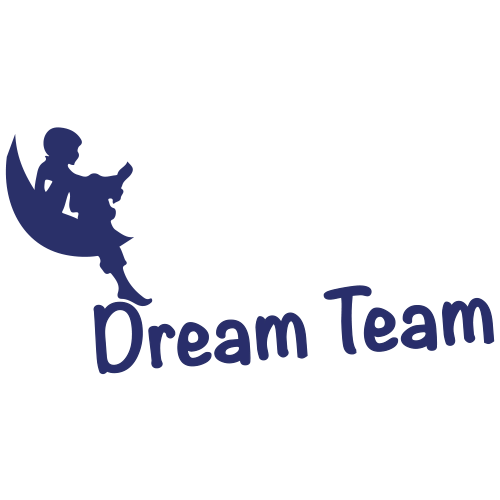

View Case Study
The DreamTeam aims to be the first sleep app to serve as an intuitive bridge between the user's waking and sleeping life.
This team is passionate about improving peoples wellness. There is a proven direct link between sleep quality and the mental & physical health of people. Unfortunately, in todays society there are too many distractions that interfere with this most basic human activity.
From our user interviews we found out that there are many different factors the affect one's sleep–environment, noise, sleep products (mattress, devices), sleep schedules, etc.. However, the most important finding was that people often ignore the importance of scheduling their sleep routines, and they can understand very little of the data from their tracking devices.
Thus, creating the perfect opportunity to leverage current sensor technology already embedded in our phones (and wearables) with an app that will guide & help users the plan for their sleep schedule easily, and to understand & learn how to improve their everyday without the need to dig through mountains of data that usually doesn't tell much to the average person.
DreamTeam entire concept is based on the idea of providing actionable suggestions with minimal user interventions. We accomplish this through machine learning and automatic incorporation with other app's APIs that already hold vast amount of specific information on the users routine (calendar, navigation, etc.).
DreamTeam automatically adjust it's recommendations "on the fly" to accommodate learned behaviors and unexpected events (is there going to be bad traffic on your way to work this morning?) with minimal interaction with the user.
- Why this project is worthy of a UX Award:
In designing the DreamTeam, we wanted the app to learn how to work with the user, not the other way around. We realized that there were plenty of sleep applications that excelled in various areas such as fitness, sleep, and dieting, but they suffered from a couple of key shortcomings, namely that they required too much input and interaction on the part of the user. When we approached our design problem, we focused on trying to create a user flow that met users where they were, which in this case was their daily lives. By creating a smart alarm function that linked their calendar information to traffic and transport data, users could interact on a very minimal level with the application while reaping all the benefits.
Within the user interface, conventions were deviated from in order to solve a main problem with "snooze"–pattern recognition. We present the users with alternative ways to interact with the smart alarm. Through the combination of randomizing pattern psychology, whimsical animations, and unique gestures, the users are able to intuitively interact with an alarm in ways they hadn't before. Forcing higher levels of cognitive awareness—hence ensuring the user is truly awake!
Lastly, although we deliberately broke conventions at times, accessibility compatibility was incorporated into ALL of our design decisions. Including color palettes, typefaces, gestures, design documentation, and element organization adhered strictly to ADA guidelines to ensure that all users could take advantage of the DreamTeam. For example, we tested our gestures to ensure that even those with motor disabilities such as arthritis could easily complete them. With diversity becoming an increasingly prevalent theme in UX design, designers must be cognitive of the steps we included while designing the DreamTeam.
- Submitted By: The DreamTeam
- Client Name:
See More 2017 Submissions >>